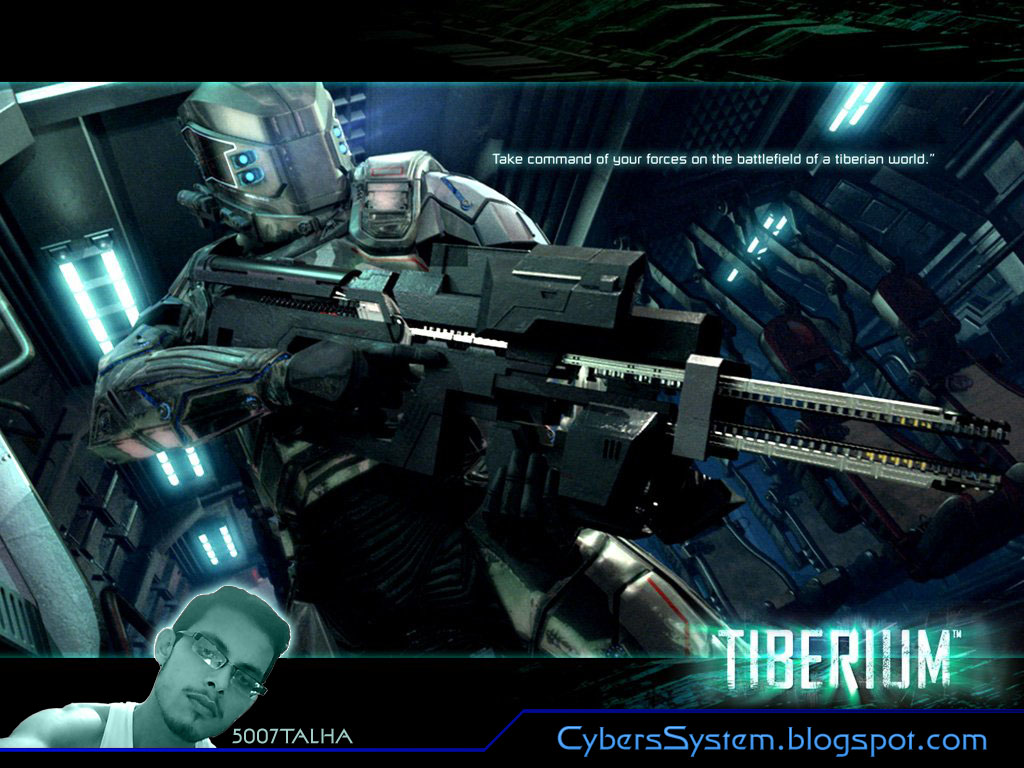Ubisoft was created 2 game of Prince of Persia. The first one is Prince of Persia : The Two Thrones, and the second is Prince of Persia : Sands of Time, what i gonna say about that game… it was awesome game!!!. But silently Ubisoft preparing the new scence of adventure for The Prince at 2008!!! with the simple title “PRINCE OF PERSIA”, also common with Prince of Persia: Prodigy. As a developer of Prince of Persia Ubisoft Montreal give some different contents from the 2 last games that was created. (click to original size)
 First, In the last 2 games you will play with the prince of the kingdom. But know…our Hero in Prince of Persia: Prodigy is an adventurer. He is the man who finding some gold, money and more about that can make him became a rich man. And with this job, he will famous and called with the name “Prince”. The story is begin when The Prince gonna enjoy his wealthy after he finish with his adventure, but he trap on the big sand storm. after the storm going down, The Prince see that he now in some beautiful land, it’s like fantasy dream…an he meet a girl was named as Elika. Elika bring The Prince in to the Tree of Live at the middle of the land. In there The Prince see awakening of God of Darkness AHRIMAN, that was prison on the Tree of Life, and use the power to close the land with the darkness. After it Elika open the identity of The Prince, and she found that the prince as a Ahuras that keeping the place of Ahriman was prisoned. Prince and Elika will do a great adventure to stop the bad evil of Ahriman, and to repair the land from the darkness.
First, In the last 2 games you will play with the prince of the kingdom. But know…our Hero in Prince of Persia: Prodigy is an adventurer. He is the man who finding some gold, money and more about that can make him became a rich man. And with this job, he will famous and called with the name “Prince”. The story is begin when The Prince gonna enjoy his wealthy after he finish with his adventure, but he trap on the big sand storm. after the storm going down, The Prince see that he now in some beautiful land, it’s like fantasy dream…an he meet a girl was named as Elika. Elika bring The Prince in to the Tree of Live at the middle of the land. In there The Prince see awakening of God of Darkness AHRIMAN, that was prison on the Tree of Life, and use the power to close the land with the darkness. After it Elika open the identity of The Prince, and she found that the prince as a Ahuras that keeping the place of Ahriman was prisoned. Prince and Elika will do a great adventure to stop the bad evil of Ahriman, and to repair the land from the darkness.
The second, Ability of The Prince will more better then the last 2 games. He will have some agility and the good fighting so it will make him more powerful and become a great killer machine. The weapons that he wear are a sword and some gauntlet (like some clowed glove) . Beside for attack his enemy, the gauntlet can use for glid from the high place. Although The Prince cannot control the time, he have another great ability as good as the last 2 game.
Another thing that make this game different is abut the appearance/feature. All of the game looking is use like some illustration graphic. Different with the old game is use Full 3D, but now the developer choose to use the illustrative graphical style. Even looks like cel-shading graphic but the appearance is completely different with another game that use same technique, like The Legend of Zelda: The Wind Waker. (story Link)
GENRE : ACTION
PUBLISHER : UBISOFT
DEVELOPER : UBISOFT MONTREAL
RELEASE : NOVEMBER 2008
OFFICIAL WEBSITE : http://prince-of-persia.uk.ubi.com/



















